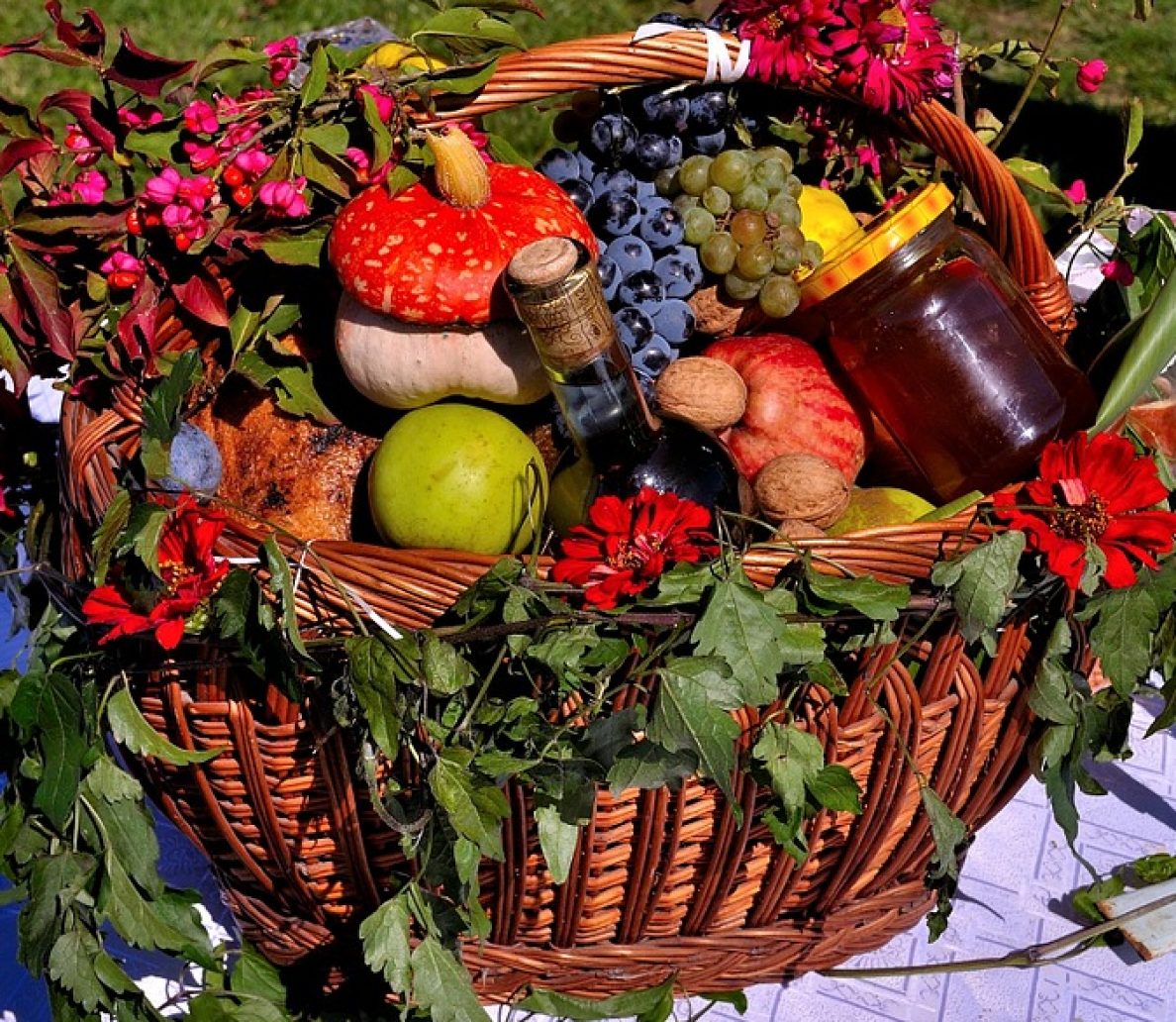Growing your own vegetables is an amazingly satisfying way to provide your family with the freshest, healthiest vegetables whilst saving buckets of money.
There are some fundamental guidelines which will ensure your success.
1. Grow the vegetables you and your family like to eat which are suited to your climate and to the time of year being considered.
2. Run your beds north and south. if, however, due to the shape of the and contour of your block this is not possible, at least run the rows that way.
This will ensure that the plants receive maximum sunshine.
3. Raise the beds – few plants can withstand wet feet. Beds can be edged with bricks, rocks or timber – we are currently using branches from the trees demolished in a storm last year (We planted these trees some 15 years ago as part of the re-vegetation of the creek which runs through our property – it eased the heartache of the destruction to put the timber to good use, especially as they were unsuitable for firewood)
4. Ensure that the paths are of a porous material and not concrete. Gravel, pebbles, wood shavings, saw dust or bark chips. We use the mulch produced from tree prunings.
5. Check that the pH of the soil is somewhere between 6.5 – 7. There are many kits on the market to do this. In Wooragee, our soils tend to be very acidic and you will need to add lime to each bed most years to increase the pH.
6. Practice crop rotation – do not grow vegetables from the same family in the same bed each year. A good rotation is legumes, which have the knack of fixing nitrogen from the air to their roots and so to your soil. This can be followed by one of the brassicas as they need a soil enriched by compost and animal manures and can utilise the nitrogen fixed by the previous crop. follow with a root vegetable or onions as these crops do not need a rich soil.
7. Feed your soil, maintain adequate moisture levels and keep the weeds under control – mulching with organic matter helps with all these tasks. We use autumn leaves and lawn clippings to mulch our vegie garden beds, always ensuring that each bed has a generous layer of manure and compost before being mulched.
